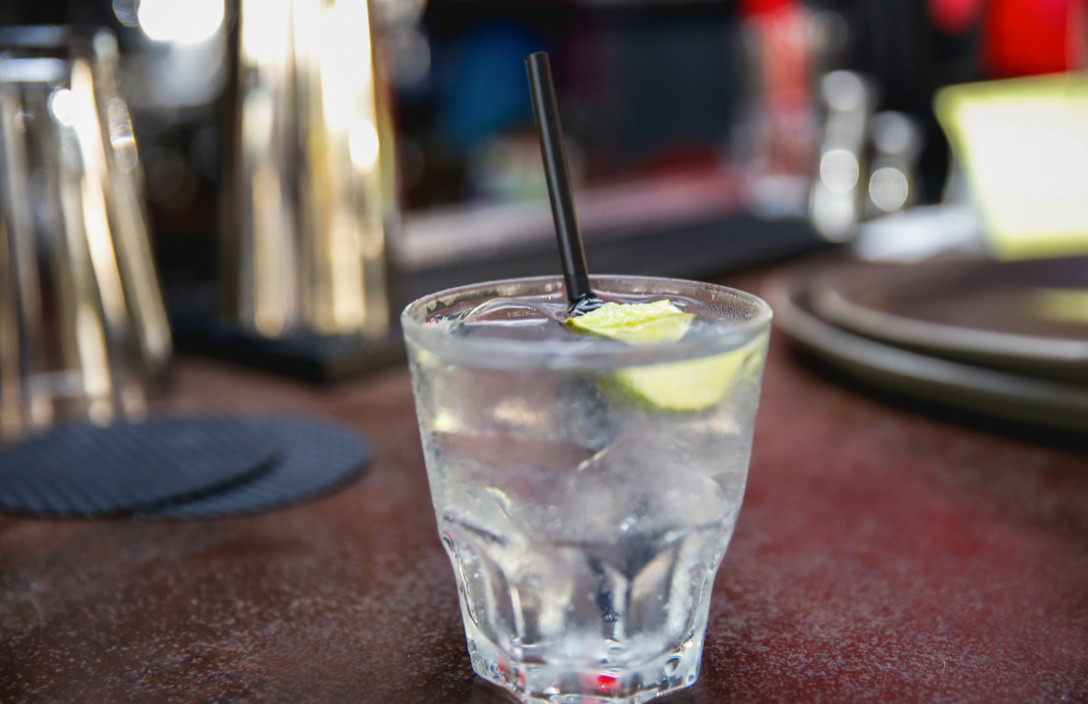So – your diet is on point. You have a good balance of carbs, fats, proteins in your meals. You eat your fruit. You eat your veg. You go to the gym on the reg. You’re doing everything right. You’ve even managed to learn what the healthier options are when eating out. You’ve got this down packed. And then, the waiter or bartender says: “and what can I get you to drink?” What’s the right answer here? You want something delicious, but a lot of alcoholic drinks contain a decent amount of calories. One drink every other night is fine, but what about when you’re onto your second or third drink of the night?
The thing is, calories in alcohol add up fast. This is especially true when it comes to cocktails and sugar drink mixes. However, even the calories in a glass of wine or beer can add up. Look, we get it, you need to be able to enjoy yourself and not limit yourself too much, right? But if you’re health conscious, and especially if you’re trying to lose weight, alcoholic beverages can easily wreak havoc on your progress. That’s why we put together this quick guide to ordering low calorie alcoholic drinks when eating out. The key thing to remember when ordering alcohol is to ask for no syrups, and when possible opt for fresh juices with no added sugar. For example, sparkling water paired with a spirit is generally a safe bet!
Tequila with fresh lime juice
Calorie count: Less than 200

Tequila with fresh lime juice is a lower-calorie spin on a margarita, which can contain anywhere from 160 to 400 calories per serve. If you like tequila, opt for it on the rocks with some fresh lime juice instead.
Vodka soda with lemon
Calorie count: 96 calories

Vodka soda with lemon is a popular go-to drink due to its refreshing nature and extra sour flavour from lemons. The trick here is to avoid tonic water, and instead opt for sparkling water instead. Tonic water adds a decent 80 calories and 21g of sugar to your drink, so steer clear if you don’t want the added sugar!
Mojito without the syrup
Calorie count: under 100

Mojitos go down a treat, especially in summer. However, the typical mojito has around 170 calories, but simplifying ditching the syrup can save you anywhere from 40 to 70 calories per cocktail. Adding mint, soda water, and lime juice enhances the flavour
without loading the drink up with calories. Ask the bartender for a mojito minus the syrup, and they’ll know what to do!
Light Bloody Mary
Calorie count: under 100

Who doesn’t love a spicy Bloody Mary? Bloody Marys make for excellent brunch cocktails and on the health scale are better than mimosas. However, many Bloody Marys are made with premixed or packaged tomato juice, which can increase the calorie count of the cocktail to anywhere between 200 and 400 calories! You can lower the calories of a Bloody Mary to 100 or less by mixing your own vodka and fresh tomato juice, and just a dash of Worcestershire and Tabasco sauce.
Light beer
Calorie count: 103

Do you worry about the dreaded beer belly? The good news is not all beers will give you a nice little pouch. In fact, light beers can be around 50 calories less than regular beers. While it doesn’t seem like much, if you’re already enjoying a carb-heavy meal, opting for a light beer will help keep your calorie intake in check. Also, fun fact, the darker the beer, the more calories it has. So, when “getting on the beers”, opt for light (and lighter coloured) beers.
Rosé
Calorie count: 120
Rosé is certainly a crowd favourite in any situation, and in good news, it’s quite a low-calorie drink, as long as you stick to the dryer variety of rosés. A good rule to follow as well is the higher the ABV (alcohol by volume), the higher the calories in any given bottle. To keep your calorie count as low as possible, opt for labels with low ABV.

White and red wine
Calorie count: 121 – 125
White and red wine is similar to rosé in the fact it can be a low-cal drink, if you stay away from the sweeter varieties. The dryer the wine, and the lower the ABV, the lower the calories. Healthier white wines include pinot blanc, chardonnay and pinot grigio, while good choices for red include pinot noir, cabernet sauvignon and syrah.


